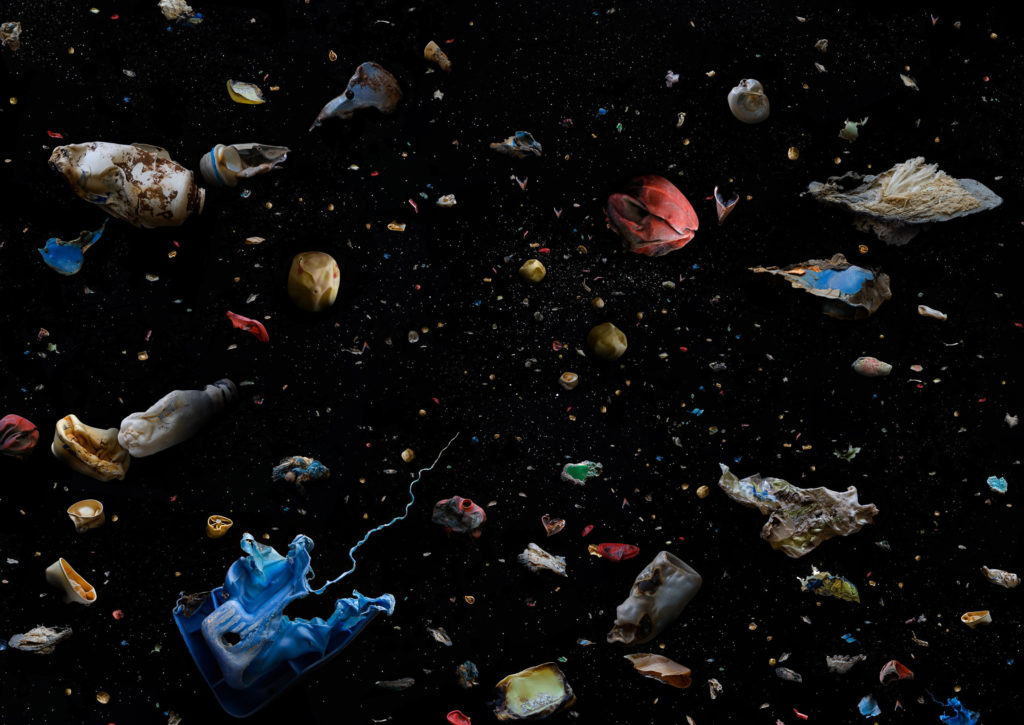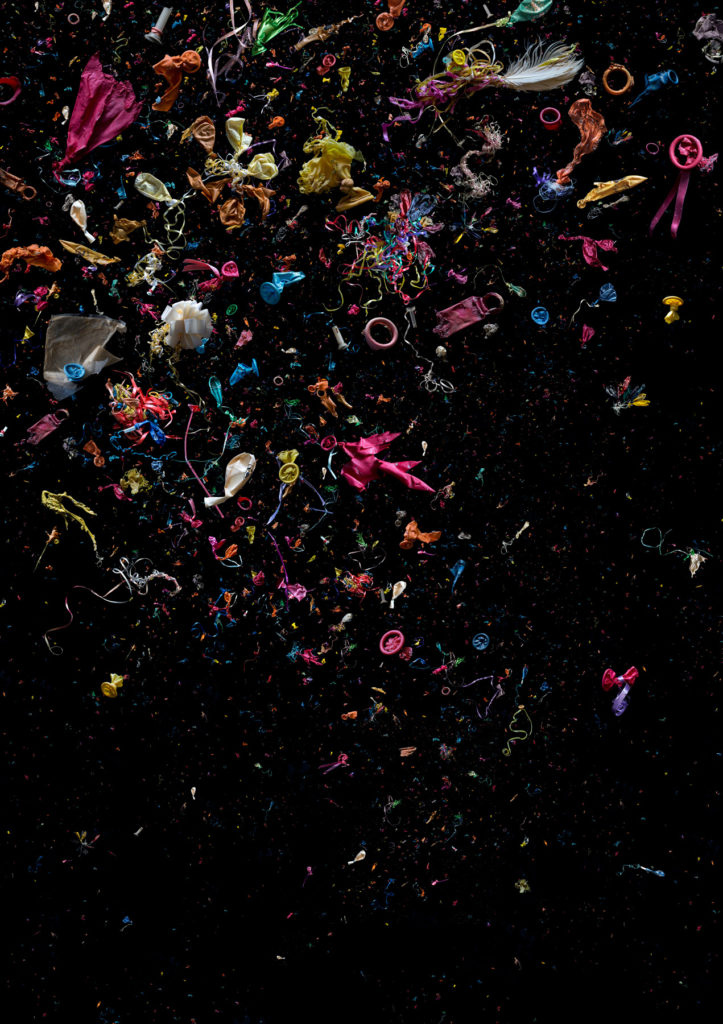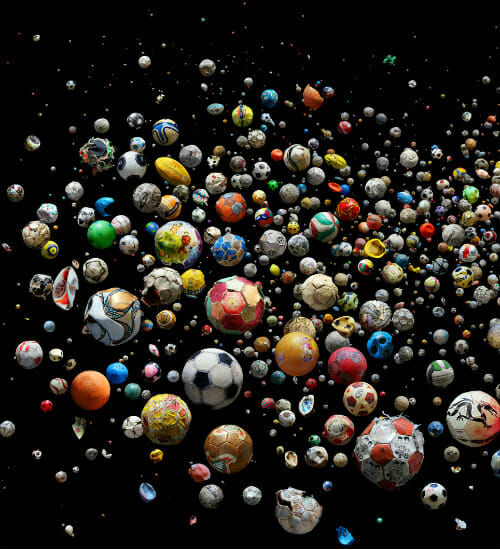Mandy Barker is a British photographer. She is mostly known for work with marine plastic debris. Barker has worked alongside scientists in hopes of bringing awareness to the mass amount of plastic that is floating around in our oceans



What inspired Barker?
“nature inspires me a lot; like the things I find along the seashore, the way objects get washed up, the patterns in nature. They all influence shapes in my work.”
Mandy Barker states:
“The aim of my work is to engage with and stimulate an emotional response in the viewer by combining a contradiction between initial aesthetic attraction along with the subsequent message of awareness. The research process is a vital part of my development as the images I make are based on scientific fact, essential to the integrity of my work. The impact of marine plastic is an area I have documented for more than 10 years and am committed to pursuing through visual interpretation, and in collaboration with science I hope it will ultimately lead to positive action in tackling this increasing environmental problem, which is currently of global concern”.

The photo above shows the debris of balloons after being popped in the air and left to float in the sea, polluting our oceans washing up on the shore and putting animals in danger as they think its food This is an effective image, due to the harsh contrast between the black background and the bright vibrant colors of the balloons. This creates the effect of of the plastic moving or even sinking. From the top of the image, the rubbish is larger and towards the center and bottom of the image, the rubbish is smaller. Creating the effect of the rubbish floating further away, Mandy Barker does this to emphasis the concern that rubbish pollutes all of our oceans for miles.


In this project Mandy posted on social media for people to collect footballs to create a collage and to project how impactful plastics are to the environment. in total 992 marine debris balls were recovered from the world’s oceans in just 4 months. 769 footballs and pieces of, with 223 other types of balls were collected from 41 different countries and islands and from 144 different beaches, by 89 members of the public.
